THE SIXTEENTH SESSION OF THE FORUM ON REGIONAL CLIMATE
ASSOCIATION OF CARIBBEAN STATES (ACS) SIXTEENTH ORDINARY MEETING OFCITY OF ALBUQUERQUE SIXTEENTH COUNCIL COUNCIL BILL
IN THE CIRCUIT COURT OF THE SIXTEENTH JUDICIAL CIRCUIT
JOURNAL OF FINANCIAL ECONOMICS FORTHCOMING EIGHTHS SIXTEENTHS AND MARKET
SIXTEENTH ANNUAL CONFERENCE OF POMS CHICAGO IL APRIL 29
SIXTEENTH SESSION (1982) GENERAL COMMENT NO 6 ARTICLE
The Fifth Session of the Forum on Regional Climate Monitoring, Assessment and Prediction for Asia (FOCRAII)

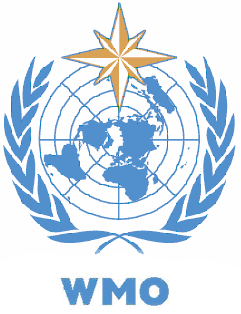
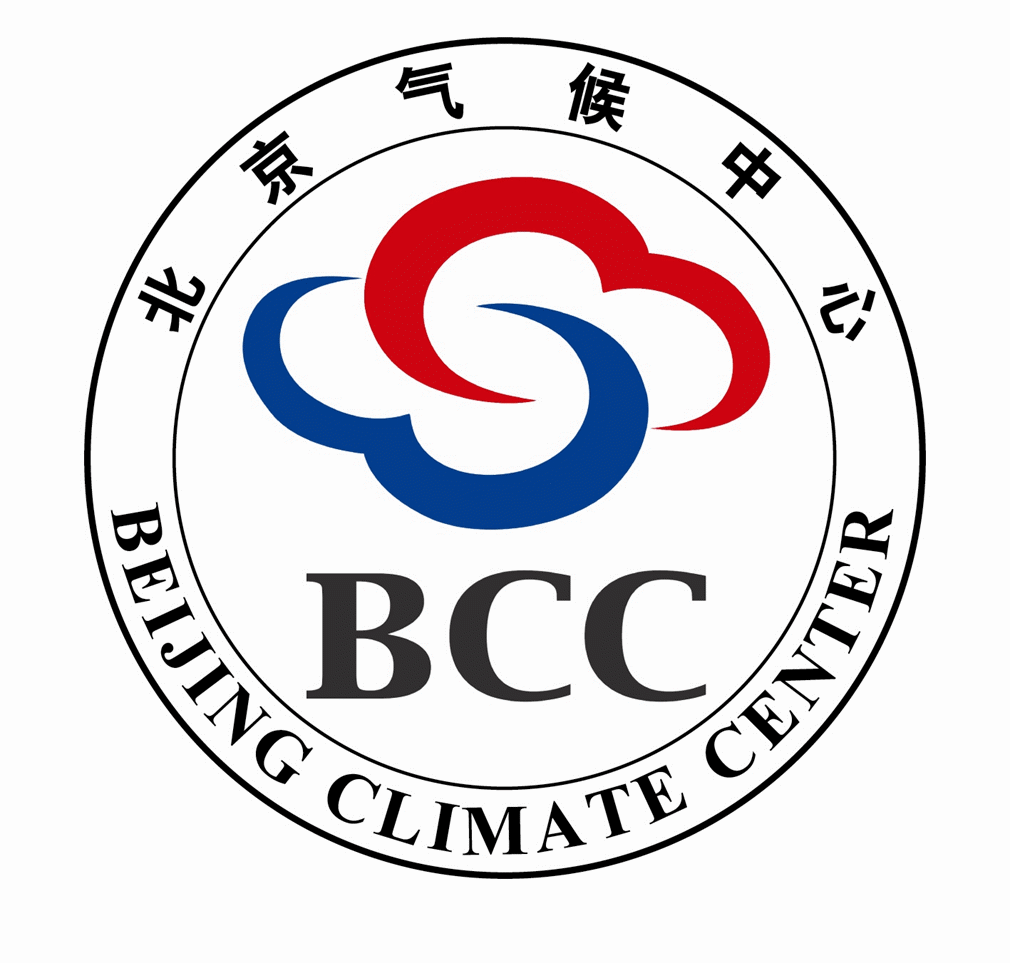

The Sixteenth Session of the Forum on Regional Climate Monitoring, Assessment and Prediction for Asia (FOCRAII-2020)
Video Conferencing, 7th May 2020
Outlook on the 2020 summer climate and its impacts for Asia
Summary
Warmer than normal summer is most likely to occur in 2020 over most parts of Asia except for part of South China. Above-normal rainfall is predicted over northern South China, North China, Northwest China, East Russia, middle-east and southeast India, and southern Southeast Asia. However, below-normal rainfall is most likely over Yangtze River valley, eastern Inner Mongolia, northern Xinjiang in China and northern Southeast Asia. Near-normal rainfall could be expected over other parts of Asia.
This regional climate outlook for summer 2020 over Asia has been contributed by the participants of FOCRAII-2020. The expert assessments consider both the predictions by multiple climate models and the factors that influence the Asian summer climate. El Niño/Southern Oscillation (ENSO), the strongest factor for Asian climate, is predicted to stay at neutral conditions through summer 2020. There is a strong consensus among the experts that the tropical Indian Ocean would be warmer than usual in summer 2020. A stronger western North Pacific subtropical high (WNPSH) is very likely to occur, which could also affect the rainfall pattern over Asia.
Meanwhile, the possible climate impacts on the agriculture, energy production, human health and water resources over Asia are discussed during the forum. For example, the regions with predicted dry condition could face the risks in local rice and electricity production. The predicted warmer summer in 2020 will bring some risk on human health.
Introduction:
The outlook on the 2020 summer climate and its impacts for Asia was finalized during the sixteenth session of the Forum on Regional Climate Monitoring, Assessment, and Prediction for Asia (FOCRAII-2020), which was held on 7th May 2020 via video conferencing due to the Covid-19 pandemic. The forum was attended by the delegates from World Meteorological Organization (WMO) headquarter, WMO Regional Association II and V, United Nations Economic and Social Commission for Asia and the Pacific (ESCAP) and Chinese Center for Disease Control and Prevention (CDC), Asian Development Bank, and the experts from universities. During the online session, the participants exchanged the views of climate monitoring, climate prediction as well as the possible climate impacts on agriculture, human health, water resources, and emergency management over Asia. The key consensus results are as follows:
El Niño/Southern Oscillation (ENSO)
ENSO is the strongest climate fluctuation at interannual timescale, which can influence the summer climate over Asia. Positive sea surface temperature (SST) anomaly is evident ever since October 2019. A weak 2019/2020 El Niño event is identified recently based on the monitoring of the Niño3.4 index. The latest ENSO predictions favor near-neutral SST conditions in summer 2020, although disagreements still exist among model predictions for either warm-neutral or cold-neutral conditions.
Indian Ocean
The SST in the tropical Indian Ocean is also able to modulate the summer climate in Asia. The basin-wide warming in the tropical Indian Ocean, the first principle mode of SST interannual variability, usually occurs in boreal spring and summer in El Niño decaying year. For summer 2020, the strong consensus is obtained among the model predictions that the tropical Indian Ocean would be warmer than usual.
Circulations and Monsoon
The western North Pacific subtropical high (WNPSH) is a key circulation system for rainfall and temperature patterns over Asia. The intensity of WNPSH is predicted to be stronger than normal through summer 2020 by most climate models. The westward displacement of WNPSH is also expected. In July and August, most predictions show a northward displacement of WNPSH.
The East Asia summer monsoon (EASM) is generally predicted to be near normal, with a few forecasts showing the possibility of weak than normal EASM. The intensity and onset of Indian Summer Monsoon are both expected to be normal in summer 2020.
Precipitation
The probabilistic prediction of rainfall anomaly in summer 2020 over Asia is demonstrated in Fig. 1, which is based on the dynamical models including ECMWF, MOHC, NCEP, TCC, and BCC. Above normal rainfall is most likely to occur in southern Southeast Asia, eastern China, Mongolia and East Russia. Below normal rainfall is most likely to occur in northern Southeast Asia, West Asia, and Central Asia.
The deterministic consensus prediction of rainfall anomaly in summer 2020 over Asia is demonstrated in Fig. 2, which is based on the feedbacks from the survey during FOCRAII-2020. The deterministic prediction takes both the dynamical model prediction and other prediction methods into consideration. Above-normal rainfall is predicted over northern South China, North China, Northwest China, East Russia, middle-east and southeast India, and southern Southeast Asia. However, below-normal rainfall is most likely over Yangtze River valley, eastern Inner Mongolia, northern Xinjiang in China and northern Southeast Asia. Near-normal rainfall could be expected over other parts of Asia.
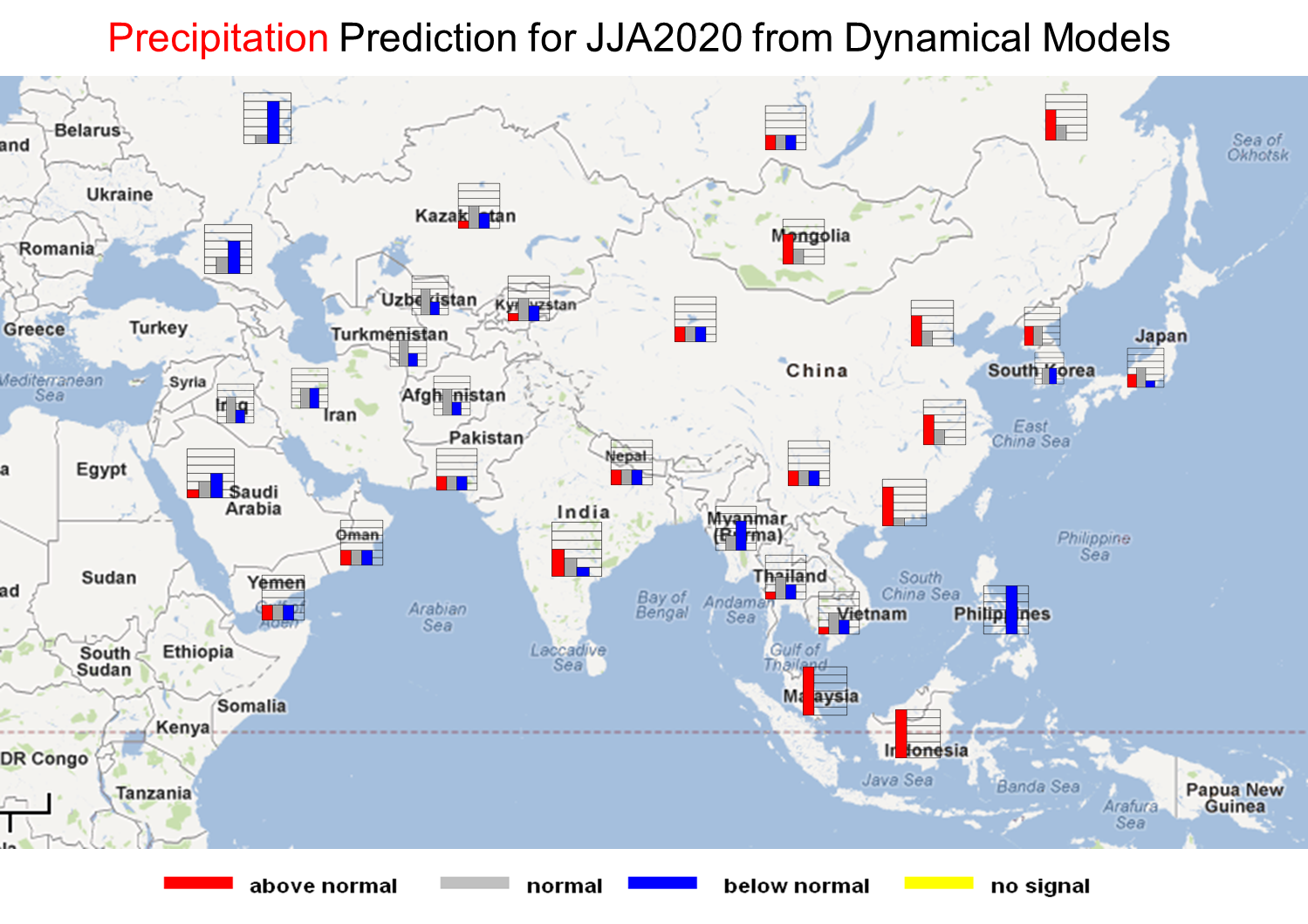
Fig. 1. Probabilistic prediction of rainfall anomaly for JJA 2020 based on dynamic models.

Fig. 2. Deterministic prediction of rainfall anomaly for JJA 2020 based on the feedbacks of the survey. (A: above normal; N: near normal; B: below normal)
Temperature
The probabilistic prediction of temperature anomaly in summer 2020 over Asia is demonstrated in Fig. 3, which is based on the dynamical models including ECMWF, MOHC, NCEP, TCC, and BCC. All the models predict a warmer summer in 2020 throughout Asia.
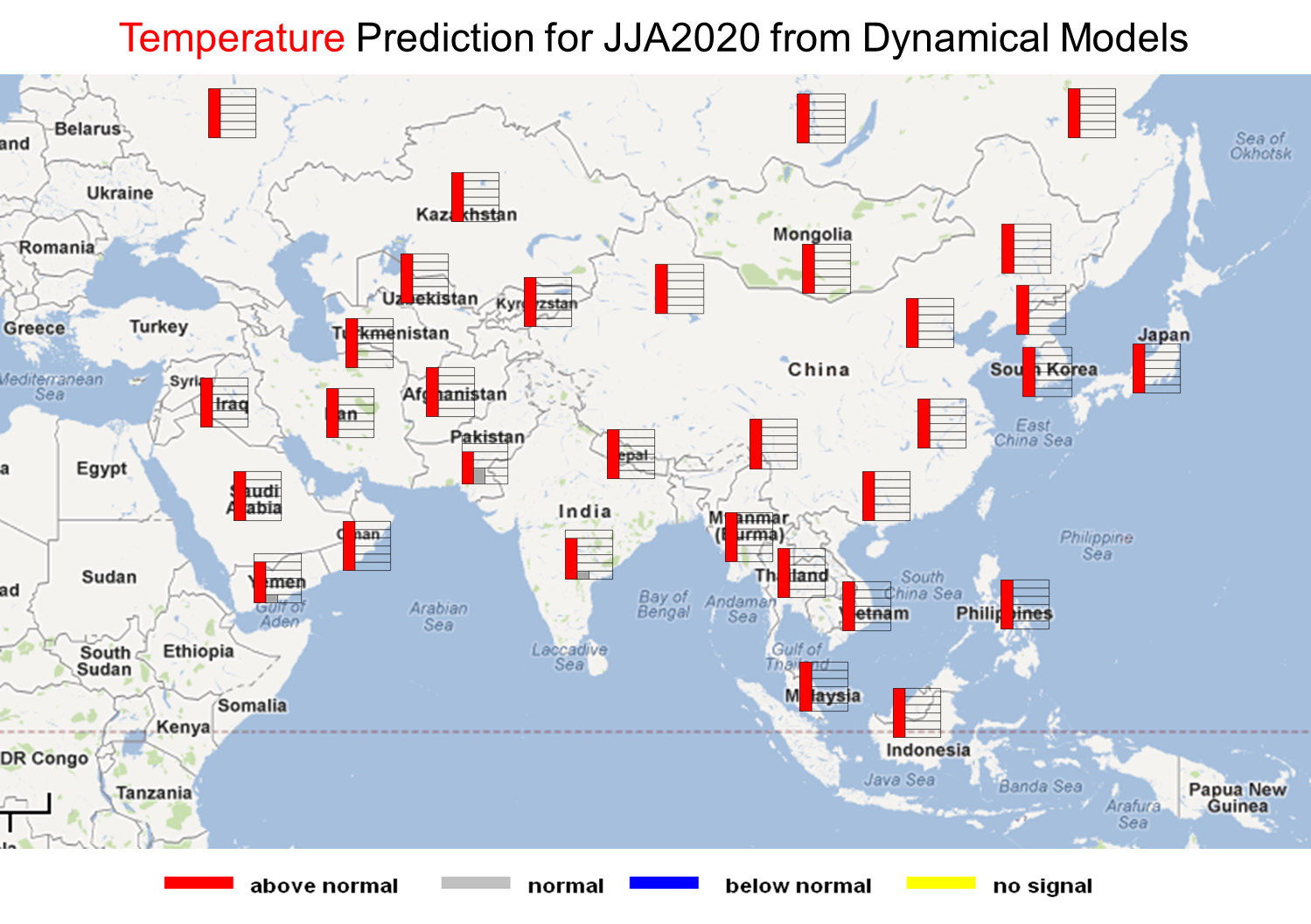
Fig. 3. Probabilistic prediction of temperature anomaly for JJA 2020 based on dynamic models.
The deterministic consensus prediction of temperature anomaly in summer 2020 over Asia is demonstrated in Fig. 4, which is based on the feedbacks from the survey during FOCRAII-2020. The deterministic prediction takes both the dynamical model prediction and other prediction methods into consideration. Temperature over most of Asia is predicted to be normal to above-normal, except for South China.

Fig. 4. Deterministic prediction of temperature anomaly for JJA 2020 based on the feedbacks of the survey. (A: above normal; N: near normal; B: below normal)
Climate Impacts
In FOCRAII-2020, experts from ESCAP and the Chinese CDC, Asian Development Bank, and the experts from universities also exchanged the views of the possible climate impacts on the water resources, human health, agriculture, and investment, etc. According to the expert assessment, the predicted below-normal rainfall in northern Southeast Asia could lead to the possible risks in the reduction of electricity production in Myanmar, Viet Nam, and Cambodia, where the hydropower plants provide 56%, 45% and 40% of total local electricity production, respectively. The possibility of the rice production reduction in Thailand and Viet Nam is also suggested due to the predicted dry condition in summer 2020. Special attention should also be paid to the impact of the predicted warmer summer in 2020 on human health, e.g. the dengue risk over Asia.
About FOCRAII
The Forum on Regional Climate Monitoring-Assessment-Prediction for Asia (FOCRAII) was sponsored by WMO and CMA, cosponsored by State Administration of Foreign Expert Affairs, National Development and Reform Commission of China and WMO East Asian Monsoon Activity Center/BCC, and hosted by the Beijing Climate Center of CMA, was a response to addressing the needs of the RA II region for CliMAP.
The main objectives of the Forum are:
I. To review the progress made in the CliMAP programs and the activities both within RA II and the world with a specific focus on the challenges and opportunities in seasonal to inter-annual climate prediction methodologies and systems unique to the RA II region.
II. To provide a platform for the members of RA II to share and exchange experience and knowledge on CliMAP.
III. To build collaborations and partnerships among the members of RA II in the CliMAP programs as well as other international partners and activities.
IV. To discuss collaborations among the members of RA II and other international partners to build an Asia-Pacific network of climate extreme events monitoring and assessment. (Or Building Plan for Monitoring and Assessment System of Extreme Weather-climate Events in Asia).
THE SIXTEENTH SESSION OF THE FORUM ON REGIONAL CLIMATE
Tags: climate monitoring,, of climate, session, climate, regional, forum, sixteenth
- ALL NEW STUDENTS TO ITB ARE ASKED TO ATTEND
- K EMENTERIAN PENDIDIKAN DAN KEBUDAYAAN INSTITUT SENI INDONESIA (ISI)
- 5 EJEMPLO DE UN CUADRO SÍNTESIS DE UN PLAN
- TEHNIK OBLIKOVANJATEHNICA OBLIKOVANJA PREDMETNI IZPITNI KATALOG ZA DRUGI PREDMET
- STATE OF CALIFORNIA – HOME PROGRAM ANNUAL PROJECT COMPLIANCE
- PROBLEMI ECONOMICI 1 )UN’IMPRESA PRODUCE UN PRODOTTO SOSTENENDO
- NA TEMELJU ČLANKA 13 STAVAK 2 I ČLANKA 42
- ELECTING CLASSROOM OFFICERS AND ORGANIZING YOUR CLASSES TIME SPENT
- CALENDAR LISTING CONTACT ANNMARIE LIBRESCU PHONE (714) 6284745 EMAIL
- LICITACION ABREVIADA Nº 2863252 MEMORIA DESCRIPTIVA LIMPIEZA
- F FORUM DE POLÍTICA FEMINISTA PF BORRADOR DE LA
- D3 TERRACE SAMPLE NO 232TH238U 2S ERROR 230TH238U
- LICITACION PÚBLICA N° 0609 APERTURA 050309 HORARIO 900HS
- ECTS ASIGNATURAS CURSO 20032004 ASIGNATURA 8169 ADMINISTRACIÓN DE
- BADENOCH RIDING CLUB MEMBERSHIP APPLICATION FORM 2019 PLEASE
- LOOKING “OUTSIDE THE BOX” CUSTOMER CASES HELP RESEARCHERS PREDICT
- JOHN LESLIE THE END OF THE WORLD THE SCIENCE
- COUNTY OF SACRAMENTO CALIFORNIA FOR THE AGENDA OF MAY
- GENERALIZED MANIPULATIVEIMITATION 47 RUNNING HEAD GENERALIZED MANIPULATIVEIMITATION ESTABLISHING A
- 7 HOW TO WRITE BUSINESS DOCUMENTS THIS SECTION COVERS
- 84465DOC DDI ‘10 CARLOS WCL IMPACT WORK IMPACT WORK
- SECCIÓN VISADOS CONSULADO DE ESPAÑA EN DAKAR VISADO DE
- (LOGO CONTRAPARTE O PAPEL MEMBRETADO) ESCRITO DE SOLICITUD Y
- DIRECTIONS TO … SPRING GROVE HOSPITAL CENTER BLAND BRYANT
- SEITE | 3 „FRÜCHTEKOPF“ – DIGITALE BILDCOLLAGE NACH ARCIMBOLDO
- CERTIFICADO DE INSTALACION INDIVIDUAL DE GAS EMPRESA INSTALADORA
- EFFECTIVE MONITORING AND BENEFICIARY ACCOUNTABILITY PRACTICES FOR PROJECTS IMPLEMENTED
- ARTICOLO 280 DEL TRATTATO DI AMSTERDAM L’ARTICOLO 280 DEL
- MANUAL DE PROCEDIMIENTO PARA LA GESTIÓN DE LICITACIONES Y
- N ÚMERO DE PROCESO LPN012016TB “COMPRA DE EQUIPO MÉDICOSANITARIO
LES MESURES DE LONGUEUR KM HM DAM M DM
PAŠNOVĒRTĒŠANAS ANKETA ATZĪTO KOMERSANTU (AEO) VADLĪNIJAS 01 LŪDZU IEVĒROJIET
 CURSOTALLER TECNOLOGÍAS DE LA INFORMACIÓN Y LA COMUNICACIÓN NUEVAS
CURSOTALLER TECNOLOGÍAS DE LA INFORMACIÓN Y LA COMUNICACIÓN NUEVAS ENQUESTA DE VALORACIÓ AJUNTAMENT DE ALTAFULLA PRINCIPIO DEL FORMULARIO
ENQUESTA DE VALORACIÓ AJUNTAMENT DE ALTAFULLA PRINCIPIO DEL FORMULARIO R ENÉ DESCARTES (15961650) RATIONALISME (SUBJ CENTR) 1 FILOSOFIE
R ENÉ DESCARTES (15961650) RATIONALISME (SUBJ CENTR) 1 FILOSOFIE DIVISIÓN PREVENCIÓN Y CONTROL DE ENFERMEDADES CIRCULAR B2 Nº
DIVISIÓN PREVENCIÓN Y CONTROL DE ENFERMEDADES CIRCULAR B2 Nº GARBER 18 DIGITAL HOLOGRAPHY USING A LASER POINTER AND
GARBER 18 DIGITAL HOLOGRAPHY USING A LASER POINTER ANDTNB KAYITLI ELEKTRONİK POSTA HİZMET SAĞLAYICILIĞI VE TİCARET AŞ
 MOOG FLIGHT SIMULATOR – VISUAL DISPLAY DESIGN PROJECT
MOOG FLIGHT SIMULATOR – VISUAL DISPLAY DESIGN PROJECT PROFDRSC JKOS – OZLJEDE I RANEDEFINICIJA ETIOLOGIJA I PODJELA
PROFDRSC JKOS – OZLJEDE I RANEDEFINICIJA ETIOLOGIJA I PODJELAPARADIGME TIL AFTALEPOLITIK OM TRYGHED OG SIKKERHED I ANSÆTTELSEN
a Review of Research Illustrating the Impacts of Digitization
 APRENDA A SOLDAR HERRAMIENTAS SOLDADOS ELÉCTRICOS LENTOS O RÁPIDOS
APRENDA A SOLDAR HERRAMIENTAS SOLDADOS ELÉCTRICOS LENTOS O RÁPIDOS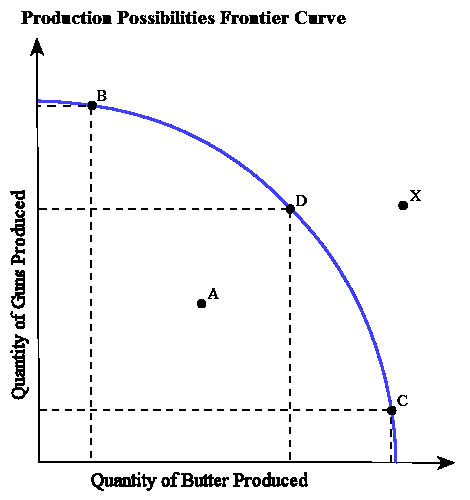 MIKROEKONOMIA DR HAB PROF UW MAREK BEDNARSKI EKONOMIA TO
MIKROEKONOMIA DR HAB PROF UW MAREK BEDNARSKI EKONOMIA TOCOMPRENSIÓN ORAL UN DIRECTOR DE MÁRKETING HABLA DEL
KRISTUS STŘED DUCHOVNÍHO ŽIVOTA KRISTUS – PRAMEN NADPŘIROZENÉHO ŽIVOTA
 50 HOTTEST COMPANIES IN BIOENERGY 20092010 SUBSCRIBER’S SELECTION BOOK
50 HOTTEST COMPANIES IN BIOENERGY 20092010 SUBSCRIBER’S SELECTION BOOK “ANÀLISI DE LA MOBILITAT EN EL BARRI DE MONTJUÏC
“ANÀLISI DE LA MOBILITAT EN EL BARRI DE MONTJUÏC EL DEPARTAMENTO DE ORGANIZACIÓN DE EMPRESAS Y COMERCIALIZACIÓN E
EL DEPARTAMENTO DE ORGANIZACIÓN DE EMPRESAS Y COMERCIALIZACIÓN E CURRÍCULUM VÍTAE INDICAR EL NOMBRE(S) Y APELLIDO(S) INFORMACIÓN PERSONAL
CURRÍCULUM VÍTAE INDICAR EL NOMBRE(S) Y APELLIDO(S) INFORMACIÓN PERSONAL